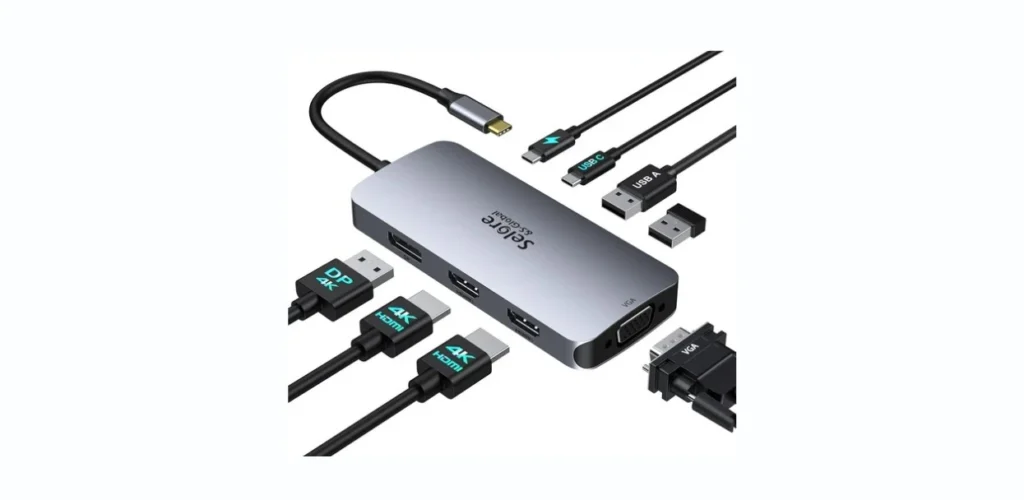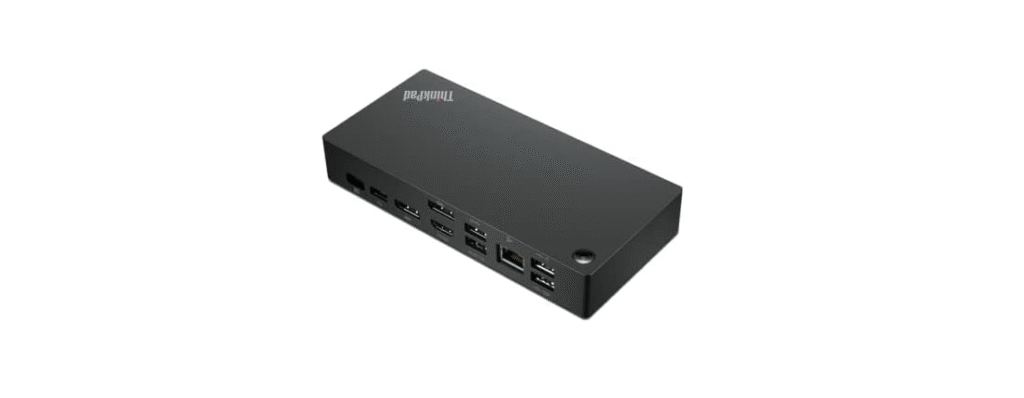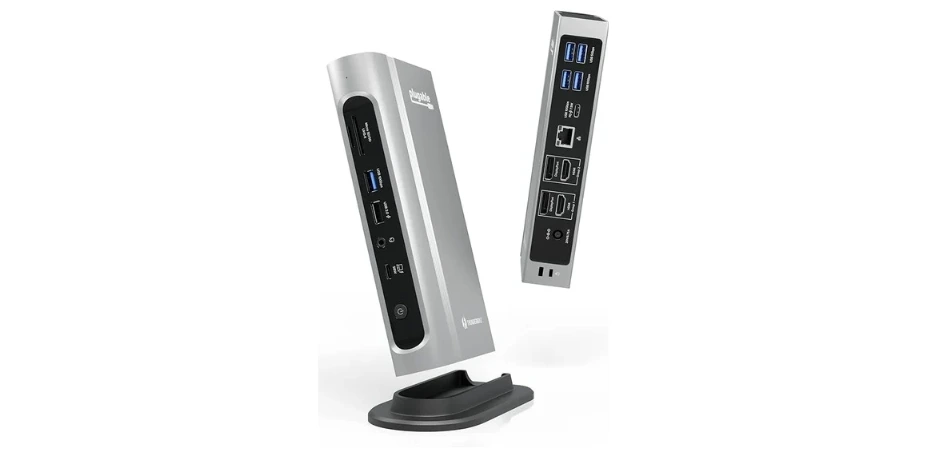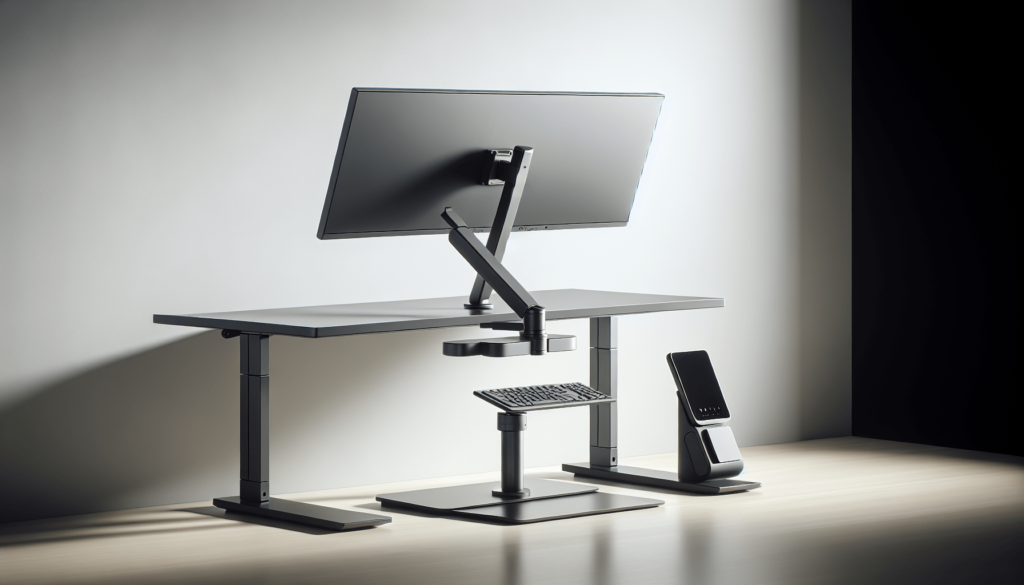Have You Ever Found Yourself Juggling Multiple Devices During a Virtual Meeting?
If so, we understand the struggle! In today’s digital era, teaching, attending Zoom meetings, and online coaching often require us to connect to various devices all at once. The solution? A good docking station. It acts as a multi-tool for all your technology needs, streamlining connections and minimizing the chaos of cords. With so many options on the market, though, how do we determine which ones will truly suit our needs best? Let’s take a closer look at the best docking stations that are perfect for teaching, Zoom, and online coaching.
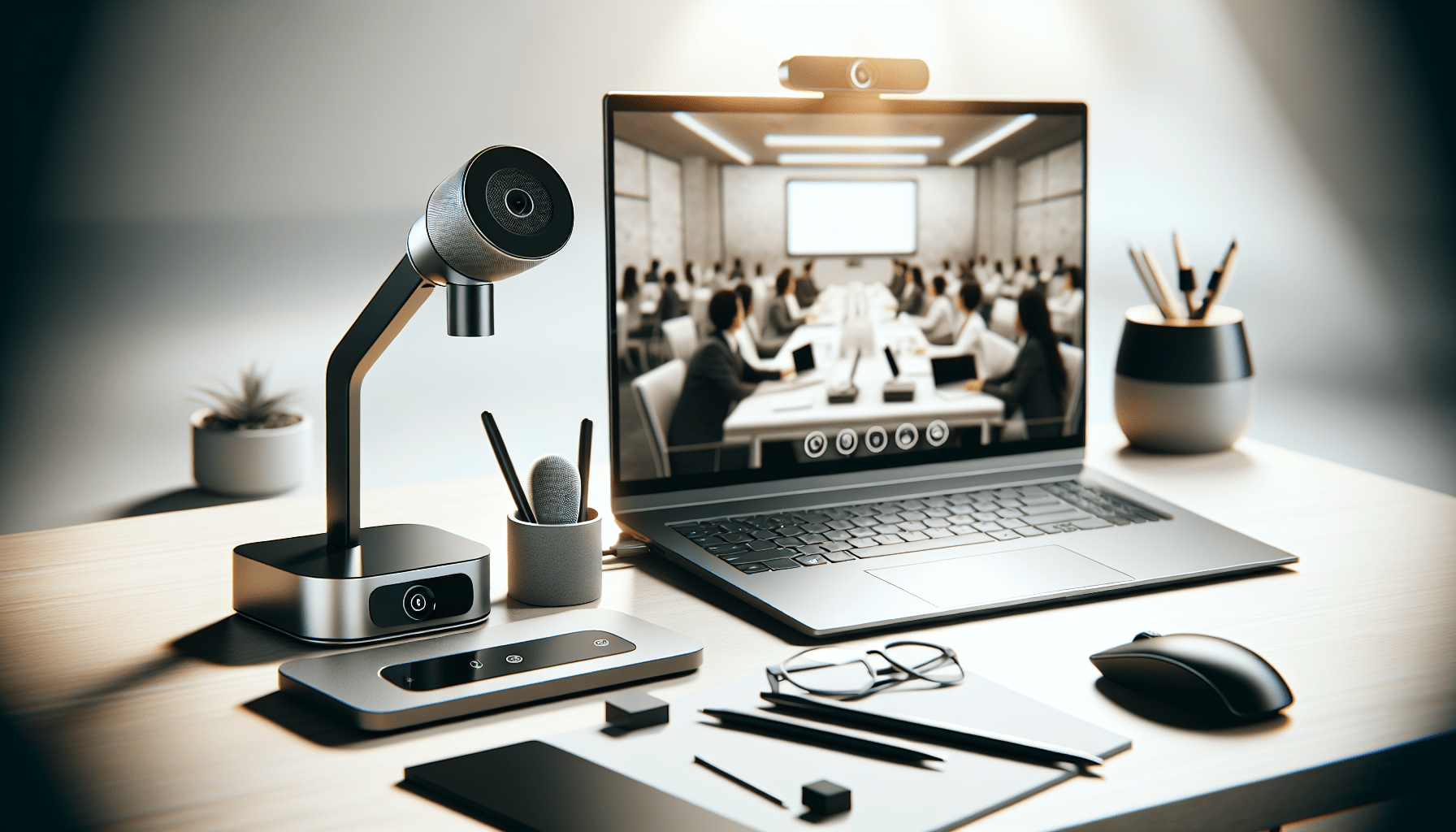
What is a Docking Station?
At its core, a docking station is a device that connects a laptop, tablet, or even a smartphone with a range of peripherals. Imagine a central hub where your computer plugs in, and voila, everything from printers, monitors, to external storage devices is connected seamlessly. This means no more plugging and unplugging cables multiple times a day. It’s like having an all-in-one tech partner that reduces clutter and enhances efficiency.
Why Do We Need Docking Stations?
With the increase of online communication, managing multiple screens, audio devices, and peripheral gadgets is a daily task for many of us. Teaching and coaching online not only demand the seamless operation of our devices but also require dependable connectivity to save us from the dreaded, “Can you hear me now?” on Zoom calls. Docking stations free up our hands and minimize technical distractions, helping us focus on what truly matters—engaging and connecting with people.
Choosing the Right Features
Now, before we delve into our list of favorites, let’s consider the essential features. Because, frankly, not all docking stations are created equal.
Connectivity Ports
Imagine a docking station as a bridge between your laptop and everything else you need. The more ports it has, the more devices you can connect. Here are some common ports to look out for and what they’re good for:
- USB-A and USB-C Ports: Most devices now use USB connections, whether it’s for charging, data transfer, or connecting peripherals like keyboards and mice.
- HDMI and DisplayPort: Perfect for connecting external monitors for a bigger view – great for those of us working with spreadsheets, presentations, or online teaching.
- Ethernet Port: For a stable wired internet connection. Say goodbye to weak Wi-Fi signals!
- Audio Jacks: Connect your headsets and microphones with ease, ensuring clarity of sound during those important teaching sessions.
Power Delivery
Look for docking stations featuring power delivery if we’re using laptops or tablets, as they can charge our devices while they remain connected to the dock. This means uninterrupted power supply during longer meetings or classes.
Size and Design
Given that space is often limited, especially in home offices, the size and shape matter. Many of us appreciate a sleek, unobtrusive design that blends aesthetically into the workspace without taking up too much space.
The Best Docking Stations for Our Needs
Now that we have an understanding of docking station essentials, let’s explore some of the top models that cater specifically to online coaching, teaching, and Zoom meetings.
1. Dell D6000 Universal Dock
If versatility is what we seek, the Dell D6000 has got our back. It’s compatible with multiple operating systems and supports up to three 4K displays. Furthermore, it offers:
- Ports: 4 USB-A, 1 USB-C, HDMI, and two DisplayPorts.
- Ethernet: Yes.
- Power Delivery: 65W.
- Device Compatibility: Windows, macOS, Chrome OS.
We can appreciate the peace of mind that comes from having all our devices organized and charged in one place.
2. Plugable UD-6950H Docking Station
Simple yet sophisticated, this docking station meets the needs of multi-monitor setups. It’s reliable for those of us who thrive in front of multiple screens:
- Ports: 6 USB-A, HDMI, and DisplayPort.
- Ethernet: Yes.
- Power Delivery: Not included, but supports USB charging.
- Device Compatibility: Windows.
We suspect that the Plugable UD-6950H’s capability to extend our display to multiple monitors might just turn our workspace into a productivity powerhouse.
3. Anker PowerExpand Elite 13-in-1
A relative newcomer, Anker’s PowerExpand is designed to be a jack-of-all-trades. It features an impressive number of ports, delivering on versatility:
- Ports: 2 USB-C, 2 HDMI, 4 USB-A, SD/MicroSD slot, Ethernet, Audio in/out.
- Ethernet: Yes.
- Power Delivery: 85W.
- Device Compatibility: Windows, macOS.
Its small footprint might just win hearts for those who value a compact setup, proving that great things come in small packages.
4. Kensington SD5700T Thunderbolt 4 Dock
This one’s for the Mac users among us. Known for its robust build and reliability, the Kensington SD5700T is a dream come true for those who need Thunderbolt 4 support:
- Ports: 4 Thunderbolt 4, 3 USB-A, SD card reader, Ethernet, Audio.
- Ethernet: Yes.
- Power Delivery: 90W.
- Device Compatibility: Primarily Mac, Windows compatible.
Kensington delivers high-speed data transfer, ensuring we aren’t left waiting as we digitally juggle multiple tasks.
Installation and Initial Setup
One item on our checklist post-purchase is setup. The simplicity varies, thankfully, most docking stations are plug-and-play, which means we’re generally spared the hassle of complex configurations. For those harboring doubts, here is an easy-to-follow guide for setting up a docking station:
- Connect Power Supply: If our docking station provides power delivery, we must connect it to an outlet.
- Connect To Our Device: Use the USB or Thunderbolt cable to hook up our device.
- Set Up Additional Monitors: Through HDMI, DisplayPort, or USB-C, attach any external monitors.
- Plug In Peripherals: Connect items like keyboards, mice, printers, and external drives.
- Ethernet Cable: Plug it in for wired internet.
This setup flow allows us to ensure all devices and peripherals are charging and communicating without issues.
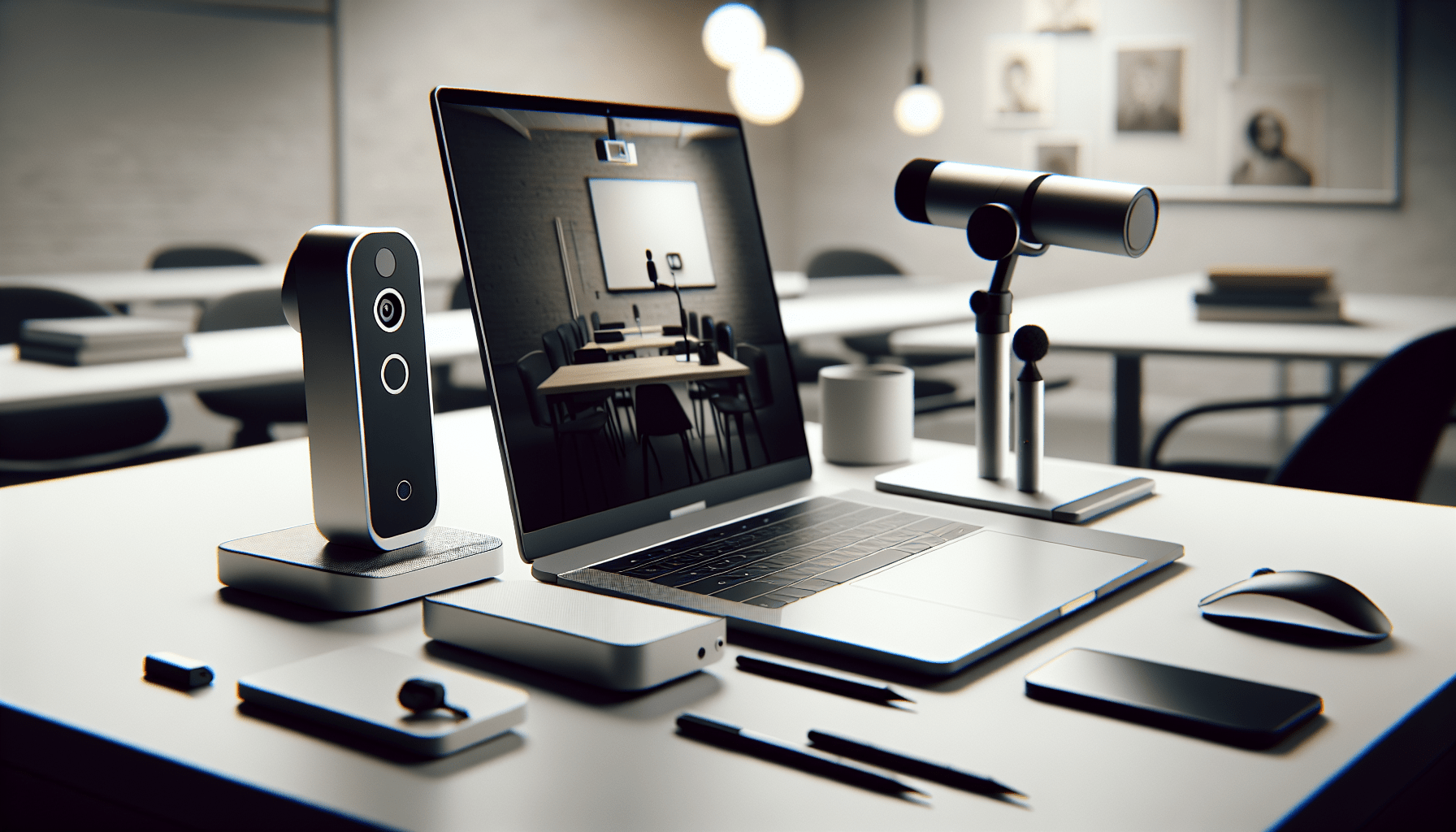
Troubleshooting Common Issues
Docking stations, like any technology, sometimes need troubleshooting. Here’s how we can resolve common issues ourselves:
- No Display on Monitors: Confirm all cables are secure. Check display settings in our operating system’s control panel or settings app.
- USB Devices Not Recognized: Unplug and then replug the device. Check if the USB port is functioning correctly on both the dock and device.
- No Internet Connection: Verify Ethernet is properly connected. Reboot both the docking station and the router.
Should problems persist, we can always refer to the user manual or seek help from online forums and product support.
Maximizing Productivity with Docking Stations
Docking stations aren’t just about connectivity—they’re about creating a seamless workflow. Truly, it means having our entire office ecosystem live in harmony. Think about the possibilities: streaming music through high-quality speakers while teaching, expanding our desktop with additional screens for better presentation visibility, or even making sure our meetings are never interrupted by a low battery warning. A docking station can help turn our ‘remote work’ setup into a dynamic command center.
Adapting to Evolving Needs
Finally, as we look to the future, even the best-laid plans need adapting. That’s where the flexibility of a docking station comes in; its capacity to accommodate new tools and technologies ensures our workspace remains functional and cutting-edge.
Over to you: Are you ready to embrace a docking station and revolutionize your digital space? We hope that as we slide chargers and cables into their ports, we’ll feel the calm of everything in its place, ready to support our endeavors. Who knew that little device could bring such harmony to our work days? Here’s to a more organized, connected, and productive future!
